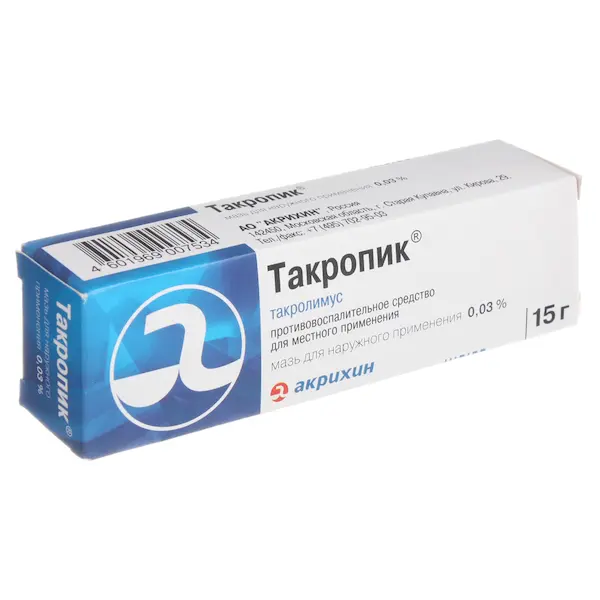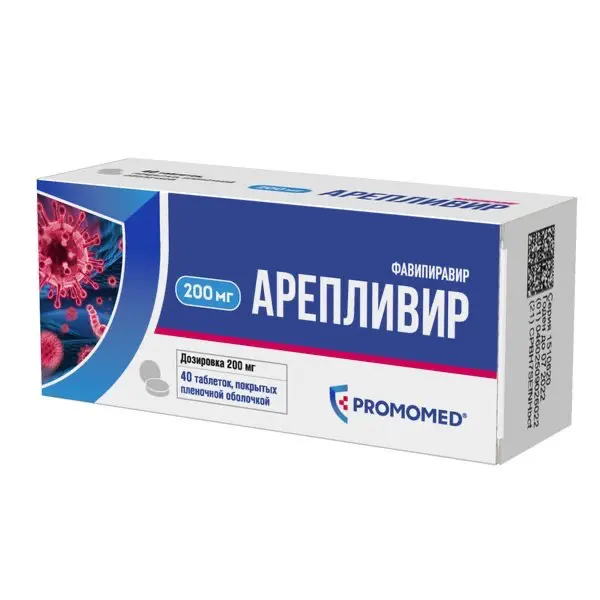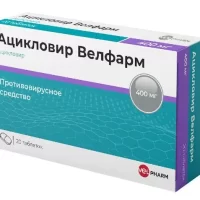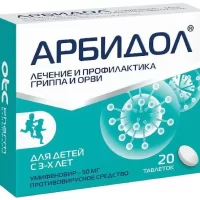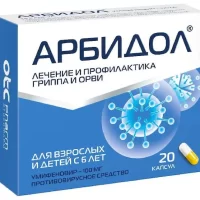Description
Tacropic Pharmacodynamics
Tacrolimus belongs to the group of calcineurin inhibitors. It binds to the specific cytoplasmic protein immunophilin (FKBP12), which is the cytosolic receptor for calcineurin (FK506). This results in the formation of a complex including tacrolimus, FKBPI2, calcium, calmodulin, and calcineurin. which leads to inhibition of the phosphatase activity of calcineurin. This makes dephosphorylation and translocation of nuclear factor of activated T cells (NFAT), necessary for initiation of transcription of genes encoding production of cytokines key for T-cell immune response (IL-2 and interferon-gamma) impossible. In addition, tacrolimus inhibits the transcription of genes encoding the production of cytokines such as IL-3, IL-4, IL-5, granulocyte-macrophage colony-stimulating factor (GMSF) and tumor necrosis factor (TNF-α), which take part in the initial stages of T-lymphocyte activation. In addition, tacrolimus inhibits the release of inflammatory mediators from mast cells, basophils and eosinophils, and decreases the expression of FcɛRI (high-affinity surface receptor for immunoglobulin E) on Langerhans cells, which leads to a decrease in their activity and presentation of antigen to T-lymphocytes.
Tacrolimus ointment does not affect collagen synthesis and thus does not cause skin atrophy.
Indications
Tacropic® is used in a dosage of 0.03 % and 0.1 % in adults and adolescents over 16 years of age, and only 0.03 % in children aged from 2 to 16 years for treatment of atopic dermatitis (of medium severity and severe forms) in case of its resistance to other external application drugs or contraindications.
Contraindications
Hypersensitivity to tacrolimus, excipients of the drug, macrolides.
Pregnancy and breast feeding period.
Tacropic® should not be used in patients with severe epidermal barrier disorders, such as Netherton syndrome, lamellar ichthyosis, cutaneous manifestations of the reaction “graft versus host”, as well as in generalized erythrodermia because of the risk of increased systemic absorption of tacrolimus. Use of Tacropic® preparation in 0.1% dose is contraindicated in children and adolescents under 16 years old; in 0.03% dose – in children under 2 years old.
Caution:
Tacrolimus is largely metabolized in the liver, and although its concentration in the blood when administered externally is very low, the ointment is used with caution in patients with uncompensated hepatic insufficiency.
Caution should be exercised when using Tacropic® ointment in patients with extensive skin lesions, long-term courses, especially in children.
Directions for use and dosages
- Adults and children over 2 years old Takropik® is applied in a thin layer on the affected areas of skin. The drug can be used on any part of the body, including face and neck, in skin folds. Do not apply the drug to mucous membranes and under occlusive dressings.
- Administration in children (2 years and older) and adolescents under 16 years of age
- Treatment should begin with application of 0.03% Tacropik® ointment twice a day. Duration of treatment according to this scheme should not exceed three weeks. Later the frequency of application is reduced to once a day, treatment is continued until complete clearing of lesions.
- Application in adults and adolescents 16 years and older
- Treatment should begin with the use of 0.1% Tacropik® ointment twice a day and continue until the lesions are completely clear. With improvement, the frequency of application of the 0.1% ointment can be decreased or the use of 0.03% Tacropic® ointment can be switched to. If symptoms recur, resume treatment with Tacropic® 0.1% ointment twice daily. If the clinical picture allows, an attempt should be made to reduce the frequency of use of the drug, or to use a lower dosage of Tacropic® 0.03% ointment.
- Use in elderly people (65 years and older)
- There are no peculiarities of use in elderly people. Usually there is improvement within one week from the beginning of treatment. If there are no signs of improvement on the background of therapy within two weeks, it is necessary to consider changing of therapeutic tactics.
- Treatment of exacerbations
- Tacropic® may be used for short-term or long-term periodic courses of therapy. Treatment of affected skin areas is carried out until clinical manifestations of atopic dermatitis completely disappear. As a rule, improvement is observed during the first week of treatment. If signs of improvement are not observed within two weeks of starting to use the ointment, other options for further treatment should be considered. Treatment should be resumed at the first signs of an exacerbation of atopic dermatitis.
- Prevention of exacerbations
- Maintenance therapy with Tacropic® is recommended for prevention of exacerbations and increase of duration of remission in patients with frequent (more than 4 times per year) exacerbations in anamnesis.
- The appropriateness of maintenance therapy is determined by the effectiveness of previous treatment according to the standard scheme (2 times a day) for not more than 6 weeks.
- During maintenance treatment, Tacropic® ointment should be applied twice a week (e.g. on Monday and Thursday) to the skin areas usually affected by exacerbations.
- The interval between applications should be at least 2-3 days.
- In adults and adolescents 16 years of age and older 0.1% Tacropic® ointment is used; in children (2 years of age and older) 0.03% Tacropic® ointment is used. If signs of an exacerbation appear, switch to the normal treatment regimen with Tacropic® ointment (see section “Treatment of exacerbations”).
- After 12 months of maintenance therapy, the clinical dynamics should be evaluated and it is necessary to decide whether it is reasonable to continue prophylactic use of Tacropic®. In children, the drug should be temporarily withdrawn to assess clinical progression, and then the need for continuation of maintenance therapy should be considered.

